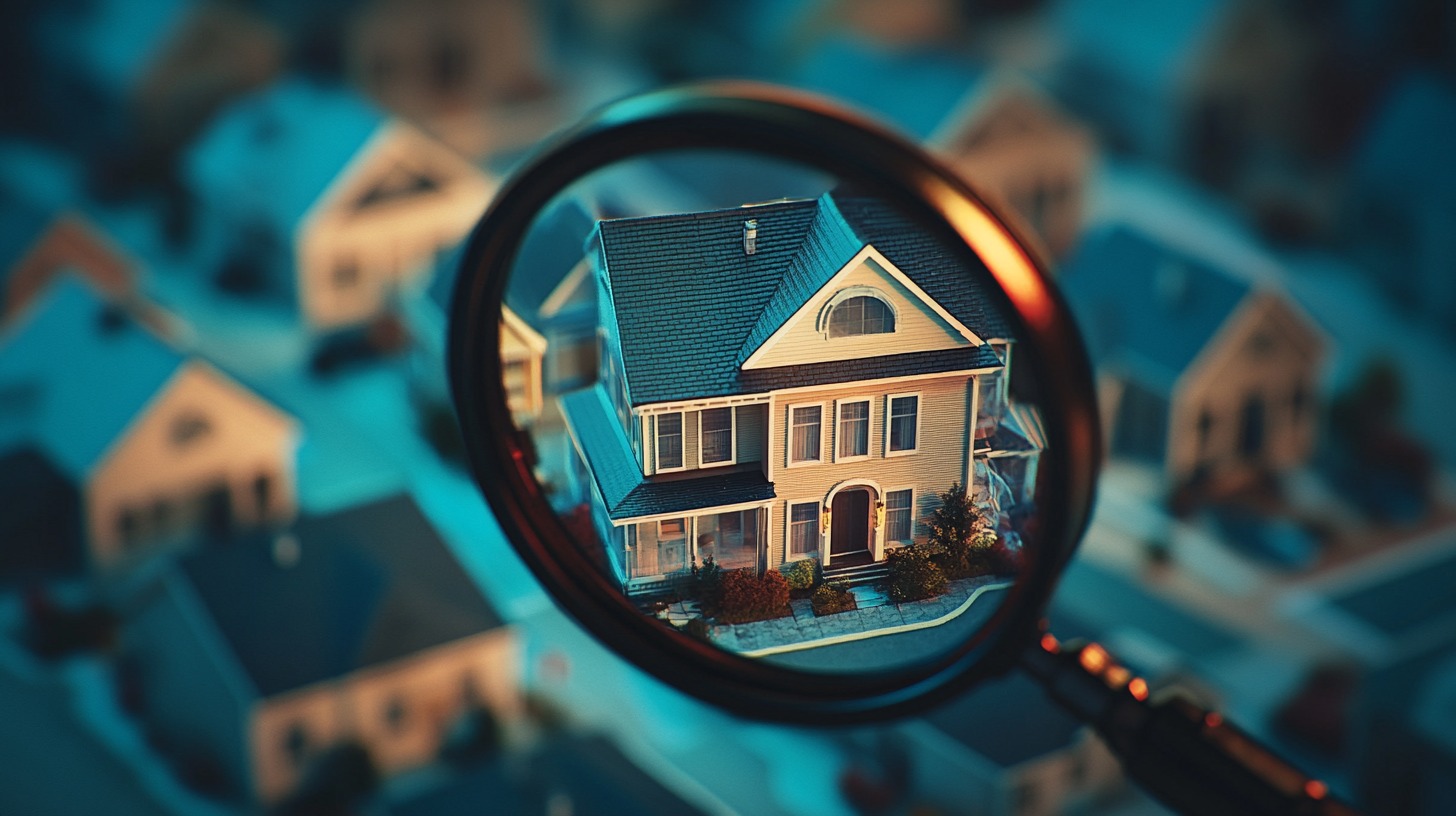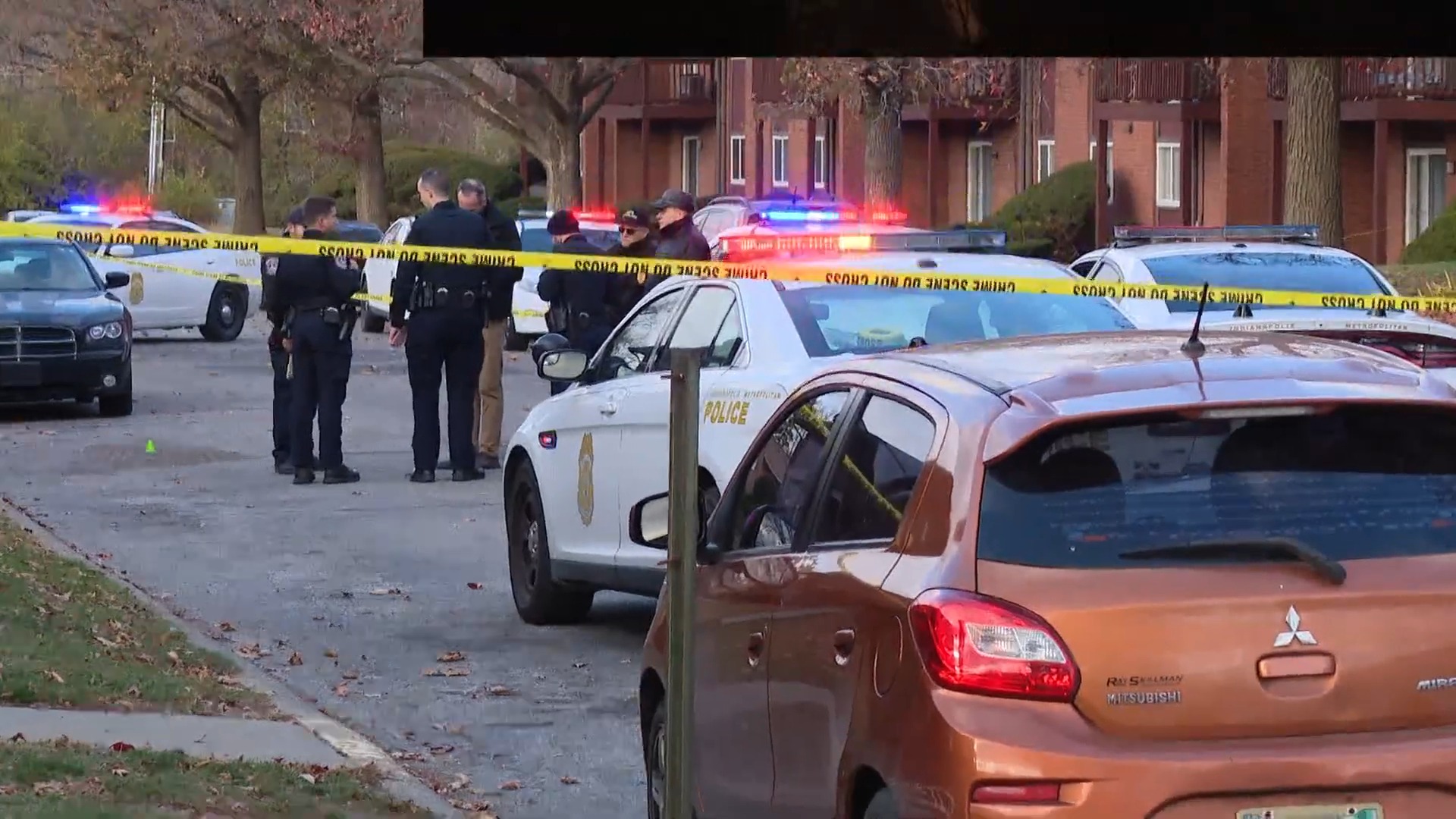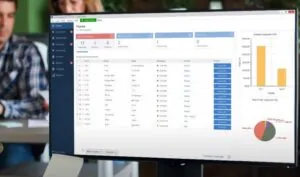Indianapolis, the state of Indiana’s capital, reflects complex crime rate trends, which are crucial for understanding the city’s safety dynamics.
Is Indianapolis safe? Well, that depends on what you consider safe.
As with any city, the density influences the crime rate. The same goes for Indianapolis. The city is an average-sized compared to the rest of the US, with 876,665 population.
Projections differ. While the city itself records roughly a 1% population loss per year, the surrounding places record between 1-2% growth per year.
When it comes to the Indianapolis crime rate, some things are changing, while others are steady.
Let us talk about these in greater detail.
Table of Contents
ToggleOverall Crime Rate
Indianapolis has seen a fluctuating crime rate that continues to demand attention from policymakers and citizens alike.
- Violent Crime Rate: 10.01 (National Median: 4)
- Property Crime Rate: 33.81 (National Median: 20)
- Total Crime Rate: 43.82
- Chances of Becoming a Victim:
- Violent Crime: 1 in 100 in Indianapolis (1 in 327 in Indiana)
- Property Crime: 1 in 30 in Indianapolis (1 in 65 in Indiana)
Compared to previous years, the city has experienced a mix of increases and decreases in various types of crimes, including minor offenses and major felonies.
The overall Indianapolis crime rate serves as a barometer for safety and significantly impacts the city’s reputation and the quality of life of its residents.
Detailed analysis of the crime statistics from the Indianapolis Metropolitan Police Department, supplemented with data from other law enforcement agencies, offers a clearer picture of the trends and their implications for the city.
For instance, while certain crimes such as drug offenses may have seen a decline due to targeted anti-drug campaigns, other areas such as domestic violence or cybercrime have shown troubling increases, possibly exacerbated by recent socio-economic stresses.
Violent Crime Statistics
Violent crime continues to be a major concern in Indianapolis, with significant impacts on the city’s overall sense of safety and community well-being.
- Violent crimes: 9,109 incidents
- Homicides: 208
- Rape: 565
- Robbery: 1,624
- Assault: 6,712
Assaults are the most frequent type of violent crime in Indianapolis, impacting a broad demographic. These incidents range from simple assaults, which may not involve weapons or cause severe injury, to aggravated assaults, where the use of weapons and the intent to cause serious harm are evident.
Robberies also paint a significant part of the violent crime picture. Typically involving the use of force or threat to extract value from victims, robberies are particularly traumatic and contribute to the fear of crime in public spaces.
Homicides, while less common, attract the most media attention and are a crucial indicator of the severity of crime in any area.
Property Crime Trends
Property crimes, encompassing burglary, theft, and motor vehicle theft, offer a broad perspective on the criminal landscape in Indianapolis.
These types of offenses, impacting a substantial segment of the population, reflect not only the Indianapolis crime rate but also deeper socio-economic challenges like economic disparity and urban decay.
- Property crimes: 29,932 incidents
- Burglary: 4,804
- Theft: 20,451
- Vehicle theft: 4,677
Burglary incidents in Indianapolis have historically been a significant concern. The areas most affected often correlate with economic hardship, where lack of adequate security measures and vacant properties provide opportunities for criminals.
Theft, which includes a variety of types such as shoplifting, pocket-picking, and other non-forceful theft from individuals or businesses, remains the most common type of property crime. The motivations behind these crimes often tie back to economic need or opportunity.
Motor vehicle theft has shown a particular trend, with incidents fluctuating depending on the effectiveness of anti-theft devices and public vigilance. Efforts to combat vehicle theft have included everything from improved car alarm systems to city-wide initiatives promoting secure parking and the use of anti-theft locking devices.
Comparison with State and National Averages
The comparison of Indianapolis crime rate to state and national averages provides critical insights into the city’s relative safety and the effectiveness of its crime prevention strategies recently implemented in Indianapolis.
When Indianapolis’s crime rates are compared to those of other areas in Indiana, the city often shows higher figures.
This is typical of larger urban areas, which naturally tend to have higher crime rates due to factors like greater population density, more widespread economic disparity, and more opportunities for crimes to occur.
- Total crime rate is higher than the national average by 89%
- Violent crime rate is higher than the national average by 178%
- Property crime rate is higher than the national average by 73%
This kind of comparative analysis is invaluable for several reasons:
- Resource Allocation: Understanding how Indianapolis compares to other cities helps in advocating for the appropriate allocation of federal and state resources for crime prevention and community support services.
- Policy Making: It informs policymakers where the city needs reform or where current strategies might be falling short.
- Strategic Planning: For local law enforcement, these comparisons highlight specific crime types that may be more prevalent in Indianapolis than in other cities.
- Community Engagement: Providing these comparisons in public forums can help in managing public perception and expectations.
All these stats provide an answer to the question “is Indianapolis safe?”
Impact of Crime on Local Communities
In Indianapolis, the impact of crime is disproportionately distributed across different neighborhoods, significantly affecting the socio-economic fabric of the most vulnerable communities.
- $370,000 for domestic violence reduction
- $350,000 for boosted mental health infrastructure
- $390,000 for juvenile intervention
- $680,000 for expanding staffing on community justice center staffing
- $1.5 million for enhancing intelligence work and technology, enhancing their data collection staff, and improving accountability
Certain neighborhoods in Indianapolis experience markedly higher rates of both violent and property crimes.
The most dangerous neighborhood in Indianapolis is Haughville. In the last couple of years, the neighborhood has experienced a surge in all types of crime.
These areas, often characterized by economic stagnation, witness a cascade of negative effects due to the high Indianapolis crime rate.
The link between socioeconomic status and crime is evident in these communities. Higher crime rates correlate strongly with other markers of disadvantage, such as lower educational achievements and higher unemployment rates.
The resilience of these communities is continually tested by the ongoing challenges of crime. Local organizations and community leaders often step up to fill the gaps left by broader systemic failures, initiating grassroots efforts to enhance safety and provide opportunities for youth.
Year-Over-Year Changes
The year-over-year changes in Indianapolis crime rate from 2023 to 2024 in Indianapolis indicate a promising future for its residents.
Certain types of crime in Indianapolis have seen notable decreases over the past year, which shows how targeted intervention efforts and enhanced community policing bear fruit.
- Homicides: Indianapolis has seen 78 criminal homicides in 2024, a 17% decrease from the same time in 2023.
- Shootings: 268 people have been shot and survived, marking a 12.4% decline from last year.
- Overall Crime: Violent crime has decreased by 28%, with aggravated assaults down 34% and robberies down 19.1%.
- Auto Thefts: A sharp increase in auto thefts, especially of Kias and Hyundais, has been noted, following a national trend.
- Homicide Arrests: The arrest rate for homicides has risen to 72%, with 31 arrests out of 78 homicides this year, thanks to increased detective resources, community cooperation, and advanced policing technology.
The variability in crime trends from one year to the next highlights the need for Indianapolis’s crime prevention strategies to be flexible and adaptive.
Law enforcement agencies and community leaders must be able to quickly adjust their approaches in response to emerging crime patterns and socioeconomic changes.
Looking forward, Indianapolis can benefit from not only reactive measures but also proactive strategies that anticipate potential increases in crime based on economic and social indicators.
Factors Contributing to Crime Rates
Indianapolis crime rate is influenced by a complex interplay of various factors, making the task of addressing and reducing crime multifaceted.
The effectiveness of police strategies significantly impacts crime rates. In Indianapolis, the focus has been on refining policing methods to be more community-centric.
Strategies that involve the community in policing efforts—such as community policing and neighborhood watch programs—have proven effective.
Community involvement is another vital component in combating crime. Local initiatives that provide social support, such as after-school programs, job training workshops, and mental health services, address underlying issues that may lead young ones to commit crimes.
The physical and environmental design of urban spaces also affects crime rates. Well-lit, well-maintained neighborhoods with active community spaces tend to experience lower Indianapolis crime rate.
Conversely, areas with poor lighting, numerous abandoned buildings, and a lack of communal areas can become hotspots for criminal activities.
Police Response and Community Policing
The Indianapolis Police Department has focused on enhancing its response strategies and fostering community policing initiatives in 2024.
We can see that the state of Indiana pushes for increasing the number of operators.
These efforts are aimed at building trust within communities, which is crucial for effective law enforcement.
Community policing strategies, including neighborhood patrols and engagement programs, have been pivotal in reducing crime in certain areas by promoting a collaborative approach to public safety.
Safety in Surrounding Suburbs
Now we want to go back to the first question of this report, “Is Indianapolis safe?”
The safety in the suburbs surrounding Indianapolis presents a stark contrast to the urban core, showcasing significantly lower crime rates that contribute to a heightened sense of community security.
One of the primary reasons for the lower Indianapolis crime rate in the suburbs is their higher level of economic stability. These areas often have a higher median household income and lower rates of poverty compared to the urban center.
- Total crime rate is lower than the national average by 62%
- Violent crime rate is lower than the national average by 82%
- Property crime rate is lower than the national average by 59%
- Median Home Value: $425,900
- Median Rent: $1,499
Economic stability provides residents with access to better resources, including healthcare, education, and recreational activities, which are all linked to lower propensities toward criminal behavior.
The suburbs around Indianapolis typically have lower population densities than the urban core. This factor plays a crucial role in crime dynamics as less densely populated areas tend to have fewer crime opportunities and are easier to monitor.
Lower population density also fosters a sense of community where neighbors are more likely to know each other and look out for one another, enhancing community policing efforts naturally.
Challenges and Opportunities for Crime Reduction
Despite concerted efforts and some progress, Indianapolis continues to face significant challenges in its endeavor to reduce crime.
These challenges, however, also serve as catalysts for developing innovative strategies that can lead to more effective and sustainable solutions.
- Economic Disparities is one ne of the primary challenges is the persistent economic disparity across different neighborhoods in Indianapolis:
- White residents make around $29,000 more than Black residents.
- There is often a mismatch in the allocation of resources versus the areas of greatest need.
- In some communities, there is significant mistrust towards law enforcement, which can hinder effective policing.
- High rates of recidivism, up to 56%, continue to be a challenge, with many offenders returning to crime after their release from prison.
Halfway through 2024, Indianapolis has seen several aspects of crime decrease, and other areas increase. https://t.co/QUlP6es02r
— IndyStar (@indystar) July 4, 2024
Opportunities:
- Recognizing the link between crime and socioeconomic factors, there is a tremendous opportunity to invest in social services that address root causes such as:
- Poverty – 15.7% in Indiana, Marion County
- Unemployment – 3.7 unemployment rate
- Leveraging technology can significantly aid crime prevention efforts.
- Building on the concept of community policing, there is an opportunity to make these initiatives more inclusive and integrated into the community’s fabric.
- Addressing mental health issues and enhancing rehabilitation programs can help tackle the recidivism rates.
The Bottom Line
The crime trends in Indianapolis in 2024 highlight both challenges and progress in the fight against crime.
By understanding the various dynamics at play, from local to national levels, stakeholders can better tailor their approaches to crime prevention and community safety, aiming for a safer and more prosperous Indianapolis.
Related Posts:
- Denver Crime Rate in 2024 - Analyzing Crime Statistics
- Kansas City Crime Rate - Analyzing Statistics for 2024
- Albuquerque Crime Rate in 2025 - Comparing…
- Ohio Unemployment in 2024 - 10 Key Statistics You…
- Las Vegas Crime Rate in 2024- Top 6 Safety Concerns…
- Crime Rate in Florida in 2024 - Key Stats to Watch Out For











